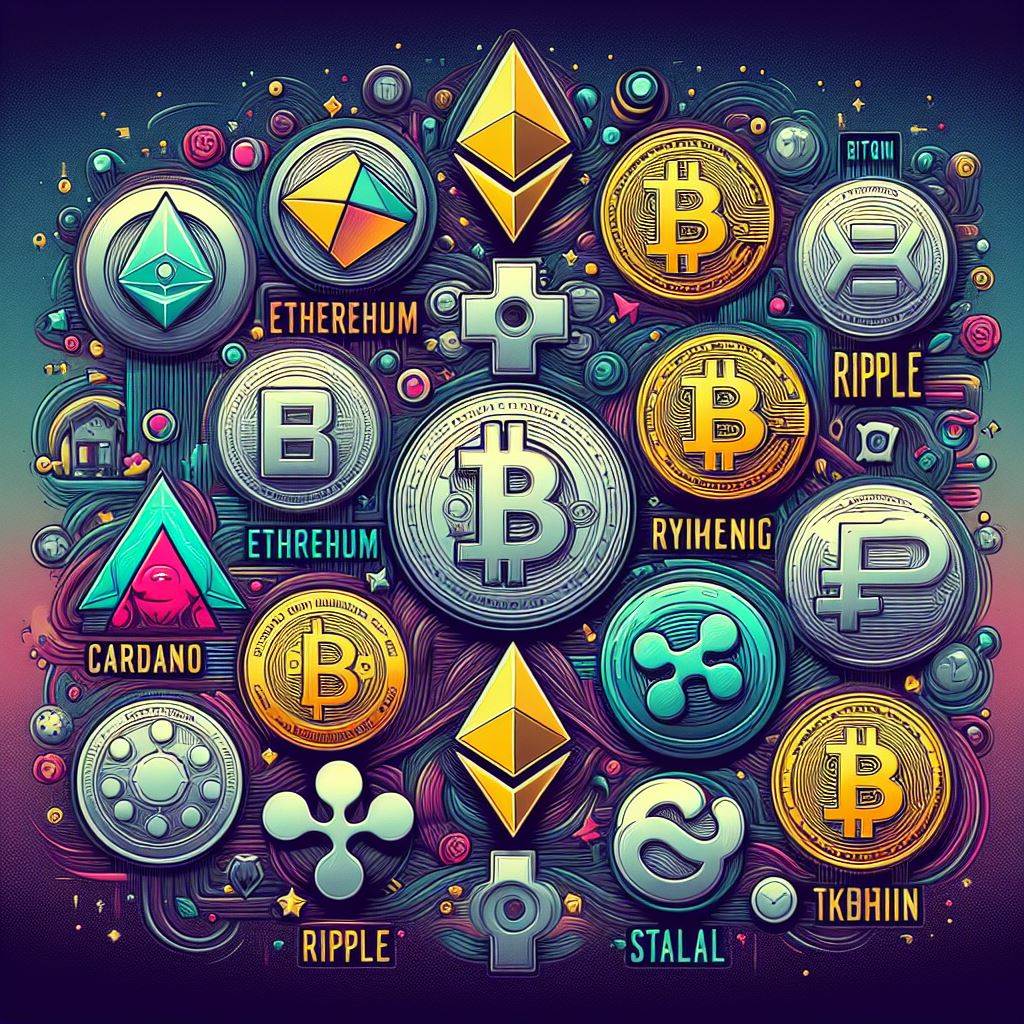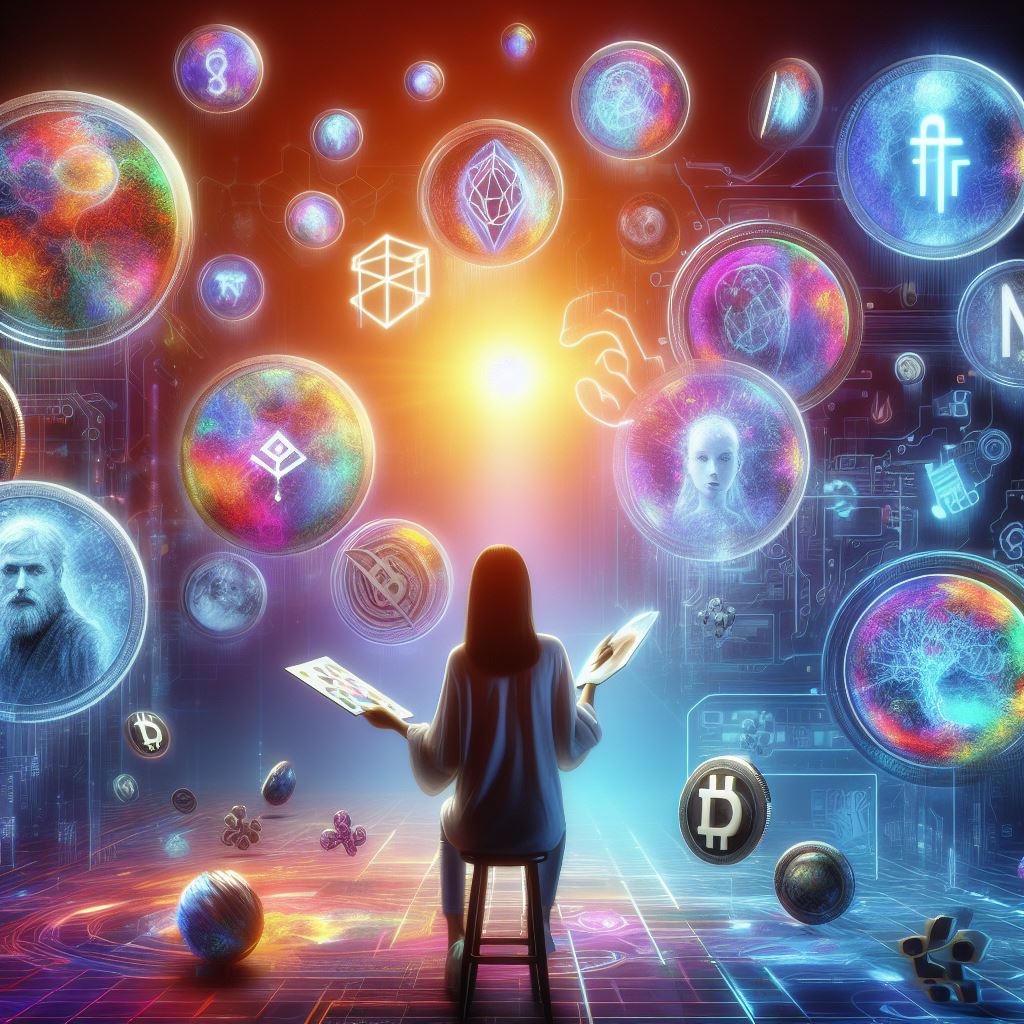17 February 2024
What is Blockchain? A Simple Explanation of Key Concepts
Blockchain is an innovative technology that serves as the foundation for many cryptocurrencies and various projects. In this article, we will explore what blockchain is and how it works, using simple and understandable examples.
Key Concepts:
-
Blockchain: At the core of blockchain lies the concept of a “chain of blocks.” Each block represents a set of records or transactions, and the blockchain is a sequence of such blocks. Each new block contains information about the previous block, thus forming a continuous chain of data.
-
Decentralization: One of the key features of blockchain is its decentralized nature. Unlike traditional centralized systems, where there is a central governing authority, blockchain operates without central control. All information is stored and verified by network participants.
-
Encryption: Blockchain ensures data security through encryption. Each block contains a unique code that protects the information from unauthorized access and alterations.
Example of a Simple Blockchain:
Let’s imagine we have a group of friends who record all their transactions in a notebook. Every time someone sends money to another person, they write it down in their notebook. Once a notebook page is filled, they move on to the next page and continue recording new transactions. Each notebook page represents a block, and all the pages linked together form a blockchain.
Applications of Blockchain:
-
Cryptocurrencies: Blockchain was first used to create cryptocurrencies like Bitcoin. It enables secure and anonymous financial transactions between network participants.
-
Supply Chain Management: Blockchain can be used to track products throughout their journey from manufacturer to consumer, ensuring transparency and quality control.
-
Voting: Blockchain can provide security and reliability in voting, preventing manipulation of results and ensuring transparency and integrity of data.
In Conclusion: Blockchain is an innovative technology that is changing many aspects of our lives, providing security, transparency, and decentralization of data. With its help, new solutions and services can be created that have the potential to significantly improve the world around us.




